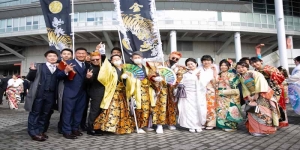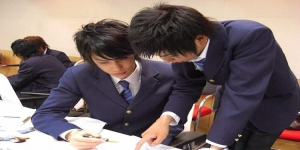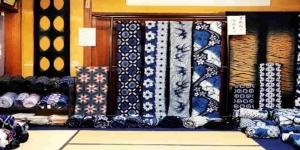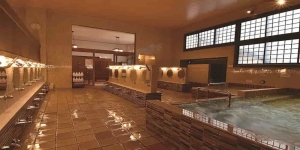Fukai Nihon 深い日本 - Shades from Japan
The Japanese Imperial Guard 皇宮警察本部 Kōgū-Keisatsu Honbu and 近衛師団 Konoe Shidan
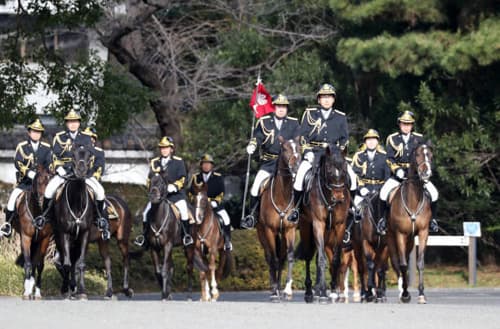
A few years ago I saw a particular documentary on television, there were banners, honor pickets, bands etc. I asked my Japanese friend what it was and he explained that they were part of the Imperial Guard.
The Imperial Guard refers to two distinct organizations which, are guided by the same primary purpose, the protection of the emperor, the imperial family and the places and properties linked to them.
The imperial guard was mainly divided into two: 近衛 師 団 Konoe Shidan and the current 皇宮 警察 本部 Kōgū-Keisatsu Honbu.
The 近衛 師 団 Konoe Shidan was made up of an elite corps belonging to the Japan military army, special corps that dealt entirely with the imperial house. These wards with the end of the Second World War were abandoned. It has an interesting history that maybe we'll talk about in a next article, it was created in 1867 and originally consisted of about 12,000 soldiers. Over time, especially with the first and second world wars, the Konoe Shidan was structured in a more radical and efficient way, until its "closure" and the reabsorption of its troops within the other army bodies. A few years later around 1947-48 the Japanese Imperial Guard was reconstituted but with a structure disconnected from the military sphere, it was under the direction of the agency of the imperial house 宮内 省 kunai-Sho, an agency of the government with full administrative independence from national govern. After a few years in 1954, following the reorganization of the national security structure (as the police in Japan is defined), it came under the jurisdiction of the National Police Agency 警察 庁 Keisatsu-chō, the one we commonly associate with the police (also if its structure is more complex).
Someone might wonder (as I did with my Japanese friend) but if it is the guard and the bodies that protect the emperor, why didn't they keep calling it just the Imperial Guard? The answer is in the past. As mentioned earlier, these departments of the Japanese army were very active during the conflicts that saw Japan as a party, even too much active because they were guilty of war crimes that lead to trial and death sentences for the leaders of the troops who perpetrated the massacres. So, as often happens, they change the name and let time do the rest.
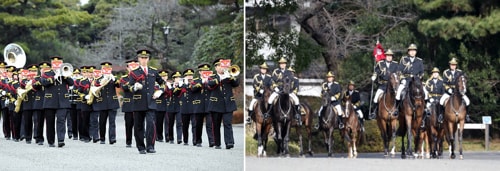
The Kōgū-Keisatsu Honbu has a rather sizable structure with its own body, duties of its own and even uniforms other than police forces. It is made up of more than 900 units with the express purpose of being the protection and bulwark of personal security for the Emperor, the Empress, the Crown Prince and other members of the imperial family.
Another task attributed to them is to watch over and protect the imperial properties, primarily the Imperial Palace of Tokyo and Kyoto, but also other important places for the imperial family such as the official residences, for example the imperial villas of Katsura and Shugakuin in Kyoto. Rather broad tasks if one thinks of the imperial heritage and its millenary history.
Just think that they even have an internal department that deals with fires that can happen inside the imperial palace. In that case the firefighters are not called but this body equipped with vehicles and pumps is activated to manage the emergency, this body also has a different uniform from the other members and from the classic firefighters. I was impressed, the Imperial Guard also maintains a horse police unit consisting of 14 horses used mainly as escort and honor guards in state ceremonies. They also have their own dog body and special departments with state-of-the-art clothing and equipment.

A curiosity about uniforms. As mentioned before these (although formally they would be linked to the police) are not the officers of the security corps (to understand the policemen) because the Imperial Guards wear a dark blue or gray-blue uniform and white gloves while they are on duty. Among the standard equipment they also carry a pistol holster (it is one of those "police" covers that is authorized by law for the possession and use of firearms. Japanese law is very restrictive and precise in this regard), lanyards, helmets, laces for boots or gaiters in white.
Interesting right? Did you know this particular police force? Let us know your impressions below in the comments.

 English (United Kingdom)
English (United Kingdom)  Italiano (it-IT)
Italiano (it-IT) 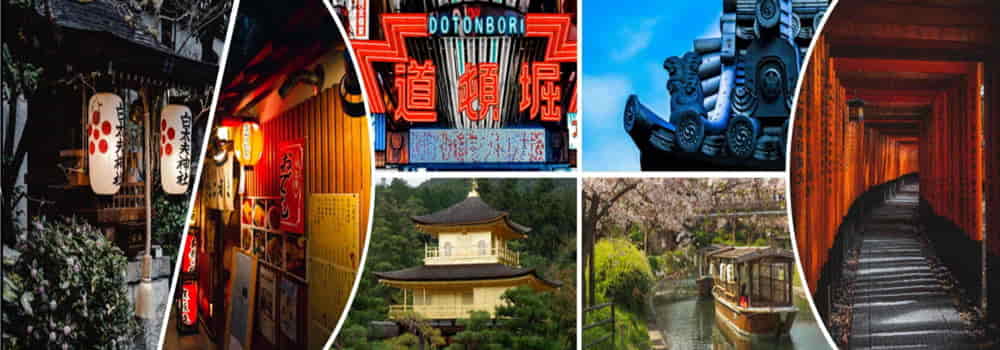
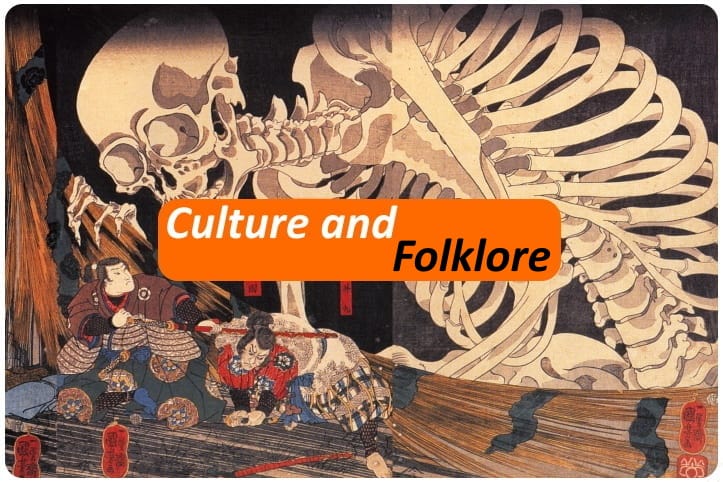
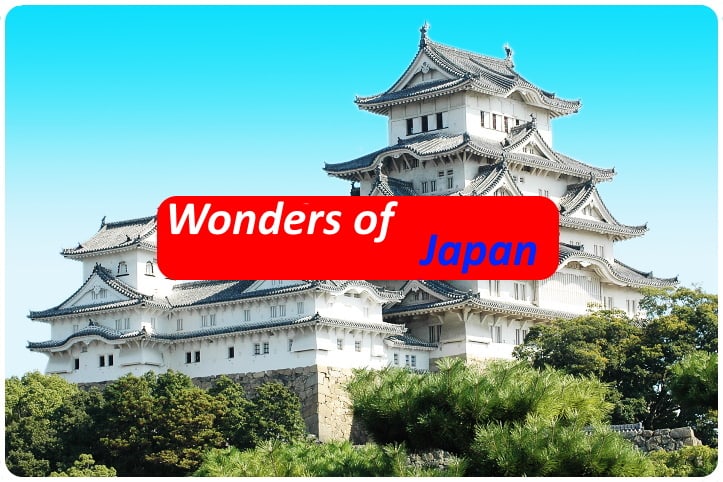
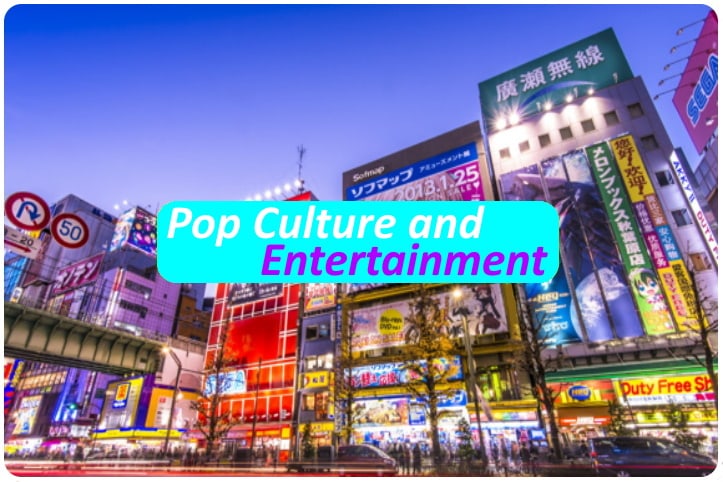


![[Review] Princess Toyotomiプリンセス トヨトミ](https://www.fukainihon.org//cache/mod_jt_contentslider/fdfb524f85518b9476158c79c8ea022f_328.png)
